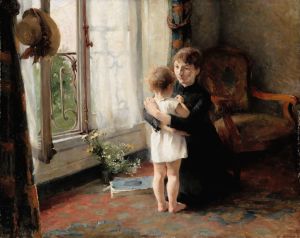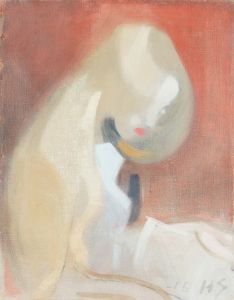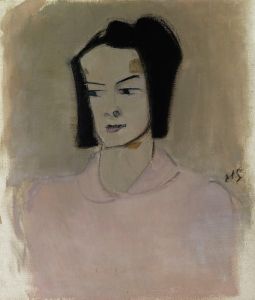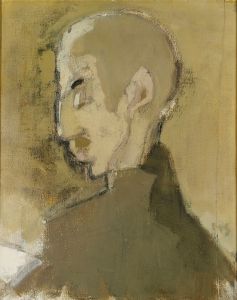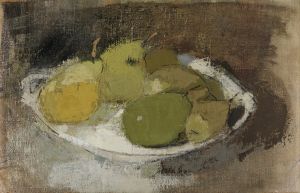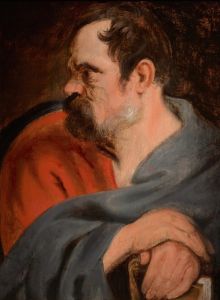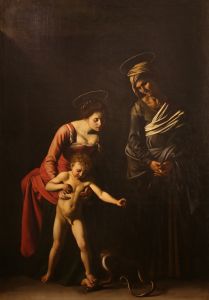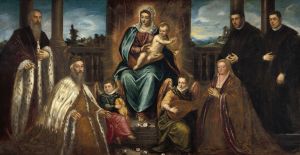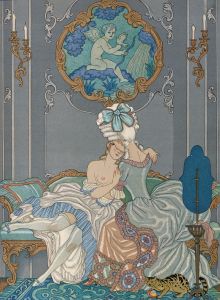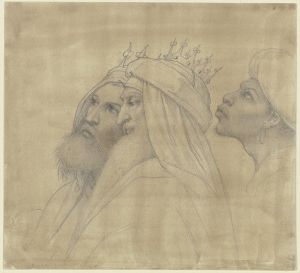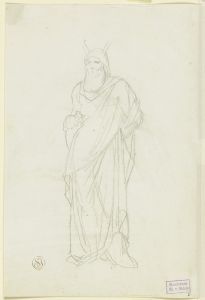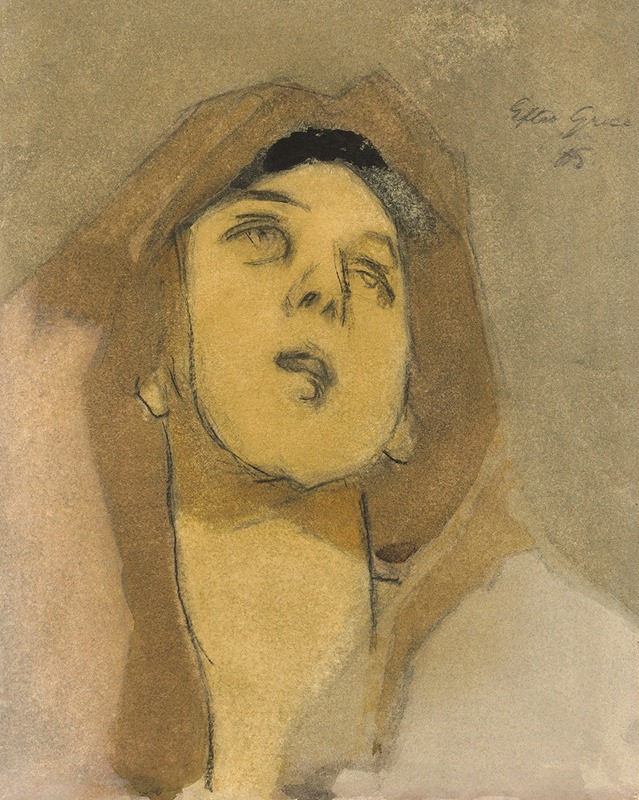
Madonna Immaculata, after El Greco
A hand-painted replica of Helene Schjerfbeck’s masterpiece Madonna Immaculata, after El Greco, meticulously crafted by professional artists to capture the true essence of the original. Each piece is created with museum-quality canvas and rare mineral pigments, carefully painted by experienced artists with delicate brushstrokes and rich, layered colors to perfectly recreate the texture of the original artwork. Unlike machine-printed reproductions, this hand-painted version brings the painting to life, infused with the artist’s emotions and skill in every stroke. Whether for personal collection or home decoration, it instantly elevates the artistic atmosphere of any space.
Helene Schjerfbeck, a prominent Finnish painter, is known for her unique style that blends realism with modernism. One of her notable works is "Madonna Immaculata, after El Greco," which reflects her engagement with art history and her ability to reinterpret classical themes through her distinctive lens.
Schjerfbeck was born in 1862 in Helsinki, Finland, and showed an early talent for art. She studied at the Finnish Art Society's Drawing School and later in Paris, where she was exposed to various art movements and historical works. Her exposure to European art significantly influenced her style, which evolved over the years from realism to a more pared-down, modernist approach.
"Madonna Immaculata, after El Greco" is a testament to Schjerfbeck's interest in the works of past masters. El Greco, a Greek painter of the Spanish Renaissance, was known for his elongated figures and dramatic use of color and light. His work often combined elements of Byzantine and Western painting traditions, creating a distinctive style that influenced many artists in the centuries that followed.
In her interpretation of El Greco's "Madonna Immaculata," Schjerfbeck does not merely replicate the original but instead reimagines it through her modernist perspective. Her version is characterized by a simplification of forms and a subtle use of color, which are hallmarks of her later work. This approach allows her to maintain the spiritual essence of the original while infusing it with her personal artistic vision.
Schjerfbeck's adaptation of El Greco's work can be seen as part of a broader trend among artists of her time who sought to engage with and reinterpret the art of the past. By doing so, they were able to explore new artistic possibilities and express contemporary themes through historical subjects. Schjerfbeck's work, including "Madonna Immaculata, after El Greco," reflects her deep understanding of art history and her ability to dialogue with it creatively.
Throughout her career, Schjerfbeck's work was characterized by a continuous exploration of form and color, often focusing on themes of identity and introspection. Her portraits, in particular, reveal a deep psychological insight, capturing the essence of her subjects with minimalistic yet expressive brushwork.
"Madonna Immaculata, after El Greco" is an example of how Schjerfbeck's art transcends mere representation, offering viewers a glimpse into the emotional and spiritual dimensions of her subjects. Her ability to convey complex emotions through simplified forms and muted colors has earned her a significant place in the history of modern art.
Helene Schjerfbeck's legacy continues to be celebrated in Finland and beyond, with her works held in major collections and exhibited internationally. Her reinterpretation of classical themes, as seen in "Madonna Immaculata, after El Greco," highlights her innovative approach to art and her enduring influence on future generations of artists.





